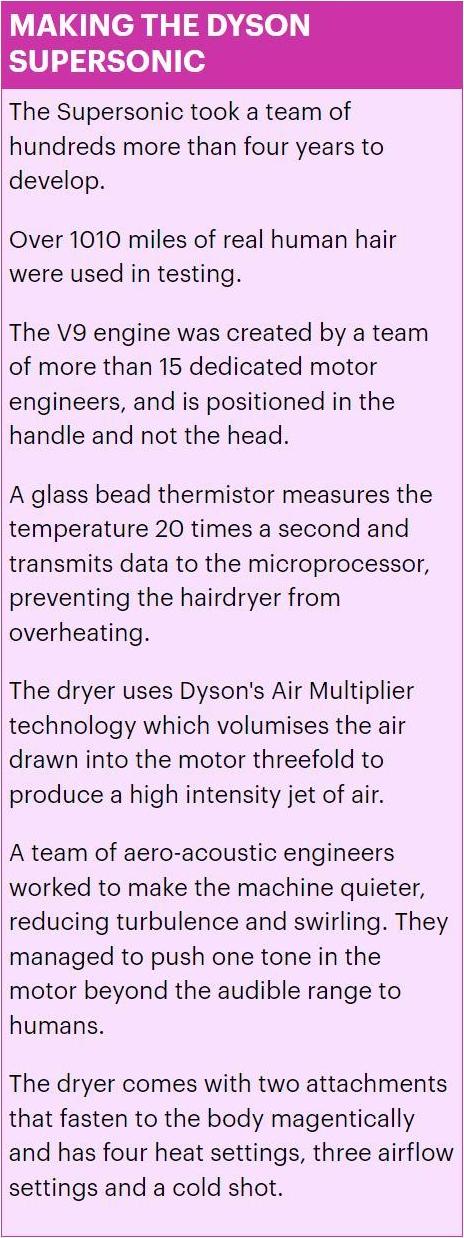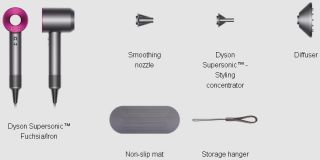Selling Your 60-Year Soggy Sector Blaster
Through my capacity for New Product Rescue, I happened upon some notes made around the mid-'16 launch of a new hairdryer. The Dyson ‘Supersonic’.
Quite the product.
I’m not an unadulterated fan of the firm. When I first bought one of their vacuum cleaners, it didn’t seem to be the revolutionary device promoted. I considered its prime duty – to hoover – was far from the giant leap forward claimed. I also suffered their customer ‘service’. Shamefully shoddy.
But I am a total convert to how they seek to better tired focus-lost sectors.
Their follow-on up-market fan range was terrific too.
Through a friend I experienced their latest disruption at the time. And just recently I read a Forbes piece on roaring success of later iterations. From my perspective of new product solution sales, what’s not to love about their hairdryer?
Cost. I hear the world scream.
Yet they should be set to out-blast the rest.

Whilst not all reviews were gushing, with others back at launch decidedly meh, above is how one doter sums up the finer points. You could compare these with TechCrunch or Cosmo too.
Given that most journalists often solely, lazily copy and paste chunks from a press release, there does feel some recurrences scripted by the firm’s pr itself.
Yet with the gatekeeper role also being about pulling in undeserved hyperbole, what they produce in their name is indeed instructive.
Many a seller can learn much from the pen of such paid scribe.
I do appreciate this kind of sell. Where you brazenly command a higher price than ‘competing’ options.
I trust Dyson sales leadership for this product are making hay with every single salon across all lands.
Yes, it is a beautiful luxury product for the well-off. And they’ll surely be snapped up like their other household goods with buyers not needing to ponder on the price tag or who think lifetime costs vital. But that’s not a giant slither of the marketplace.
Whereas the commercial sector seems a wonderful place to be. I hope they have transferable knowledge of this from their amazing airblade restroom hand-dryers.
Despite being at least twice the price of others, they still today sell at the impressive rate of four every minute. Simply moving the motor from head to handle alone cannot account for such sales numbers. Even though these seem enough to support quite the organisation; "today, there are over 6,000 engineers, scientists, and stylists working within Dyson globally to help drive this mission forward".
Beyond the price tag, reasons for impressive take-up may sit in how the origin story ran.
The above graphic lists seven elements. Yet you can breakdown what they represent for a type of template guide for your own new product. Also useful if you need a boiled-down-to-facts alternative to the structured 'story' approach. Here's some example aspects;
- How many worked on development
- What were their areas of expertise
- What new tech/knowledge transfer was enabled
- What conventional wisdom was altered
- What difference(s) would users familiar with previous options now notice
- What time and money went into development
- What measures or test resources came into play
- What were potential clients saying they wished - or didn't realise - could be 'fixed'

